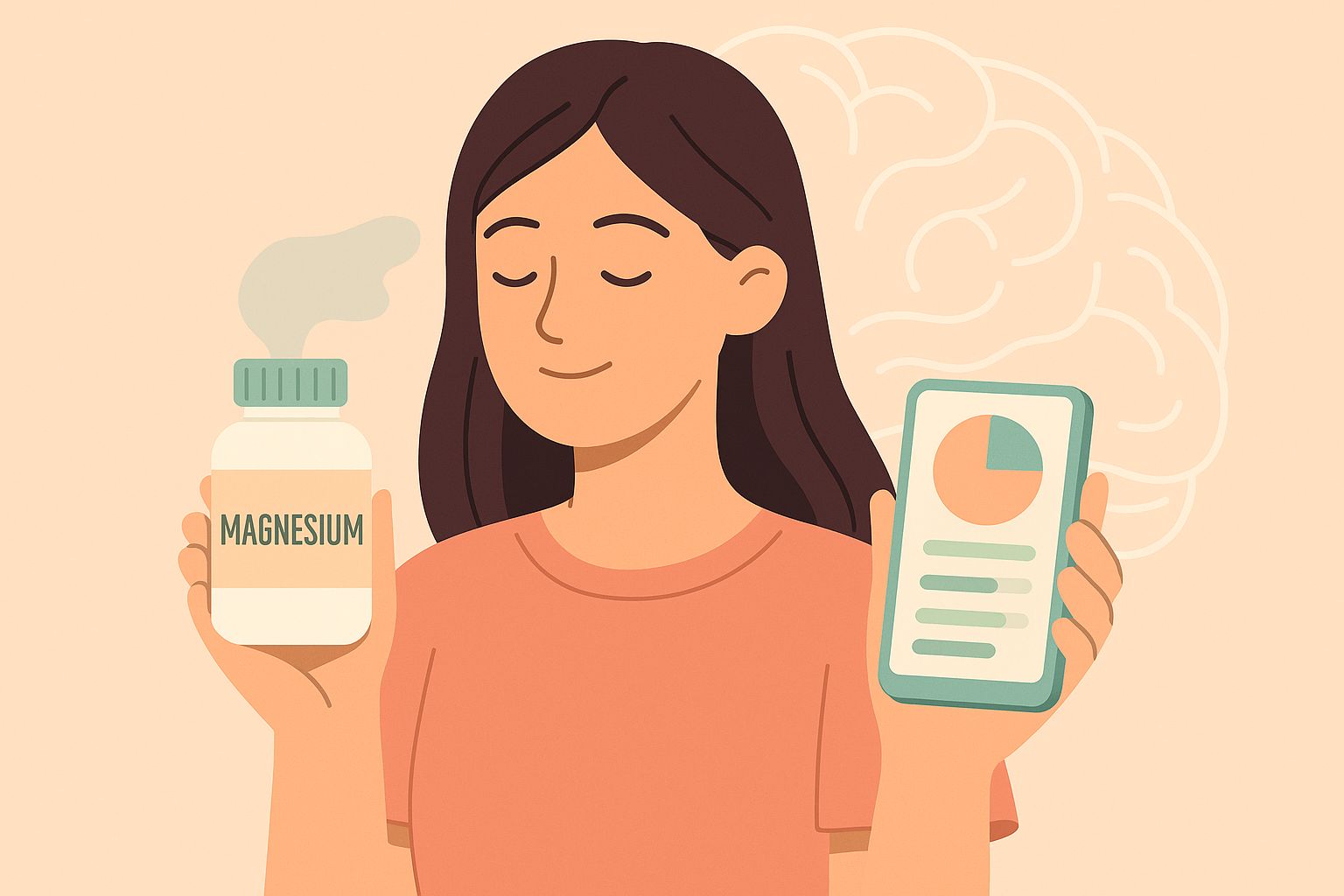- Culture Shock
- Posts
- The Migraine Economy: Why Millennials Are DIY-ing Their Way Past Your Product
The Migraine Economy: Why Millennials Are DIY-ing Their Way Past Your Product

If you still treat migraine like a hit-and-run inconvenience (pop a pill, curl up in a dark room, hope for mercy) I have bad news. Millennials are ghosting your painkillers.
They are not chasing suppression. They are engineering prevention.
And they are not waiting for your next “clinically proven” campaign before they start.
Welcome to the era of stack culture. Your customer has already devoured the Reddit threads, binged #MigraineTok, bulk-ordered magnesium, and built a daily ritual specifically designed to avoid your entire product line.
Let’s unpack what is really happening in the migraine aisle (spoiler: the story now covers gut health, sleep hygiene, and muscle tension) and why every brand in pharma, wellness, and CPG should pay attention.
From Pain Relief to Ritual Optimization
Remember when migraine care meant “take this pill when your skull feels like rebar”? That idea now sounds as antiquated as dial-up internet.
Millennial sufferers have shifted from reaction to prevention. Their Most Valuable Player? Magnesium.
More than sixty percent of chronic-migraine chatter on Reddit links headaches to post-viral fallout (think long COVID) and credits magnesium glycinate with hero status. TikTok’s #MigraineTok boosts the signal, featuring creators mixing powders, sprays, and even magnesium baths. What used to be a lonely supplement has become the backbone of a daily prevention stack.
Healthcare pros are (grudgingly) in on the game. On X, you will find MDs and biohackers debating dosing like fantasy-sports fanatics. Nearly everyone agrees: most patients underdose, and OTC magnesium has become the unofficial “first-line” step.
Translation: the new front door to migraine care is not your prescription pad. It is the supplements aisle at Whole Foods.
We Are Not Just Talking Heads. We Are Talking Guts, Sleep, Stress
Here is why the shift matters. The migraine identity has gone holistic. Pain is only one chapter. Consumers now connect dots among gut flora, REM cycles, muscle tension, cortisol spikes, and hormone swings.
That makes topical magnesium sprays feel just as valid as tablets. This is system design, not fringe “woo.”
Brands that cannot speak the language of whole-body balance will drift into irrelevance. Legacy players offering single-ingredient quick fixes look suspiciously like the AOL of wellness.
The Trust Gap: Why Pharma Should Win But Still Trails
Legacy health brands should dominate this moment. They have clinical data, regulatory muscle, and access to pharma-grade supply chains. Yet trust is eroding. The supplement aisle still feels like a 1990s GNC: dusty labels, arbitrary doses, packaging that whispers “compliance” instead of “confidence.”
Meanwhile, TikTok creators flash QR-coded magnesium stacks in sleek pastel vials that resemble skincare. They discuss certificate of analysis numbers and bioavailability percentages in plain English. Consumers lean in.
People crave a vibe that says, “I feel your pain, I respect the science, and I refuse to sell snake oil.” Pharma-grade still equals power, but only when paired with personality.
Your Playbook: How to Stop Getting Outmaneuvered by Reddit
Below is a three-step roadmap to compete in the new migraine economy.
1. Quick Win (next twelve months)
Launch a pharmacy-exclusive OTC tablet: 300 mg magnesium glycinate plus 400 mg vitamin B2. Stamp a QR-verified “Pharma-Grade Magnesium” seal on the front. Design the bottle to look at home on a wellness influencer’s shelf, not in grandma’s pill drawer.
2. Scale Move (twelve to twenty-four months)
Expand into a complete migraine balance kit with tablets and a magnesium-menthol roll-on spray. Build a dosing-guidance app endorsed by neurologists. Data goes in, personalized nudges come out.
3. Long-Term Vision
Think ecosystem, not SKU. Create in-store “stack stations” that bundle oral, topical, and sleep-support products. Connect everything through a Migraine Circle app: symptom tracking, tele-neuro access, loyalty points. Community meets clinical rigor.
Culture-First Strategy Beats Compliance-Only Thinking
This is bigger than a shiny new package. It is a legitimacy play. Winning brands will convert clinical authority into emotional relevance and will treat culture like a laboratory rather than an afterthought.
Because here is the hard truth: Millennials no longer wait for permission. They have already hacked your category.
Time to stack up or get left behind.
All my insights come from Nichefire and the content and articles I discover from using it. Come check us out!